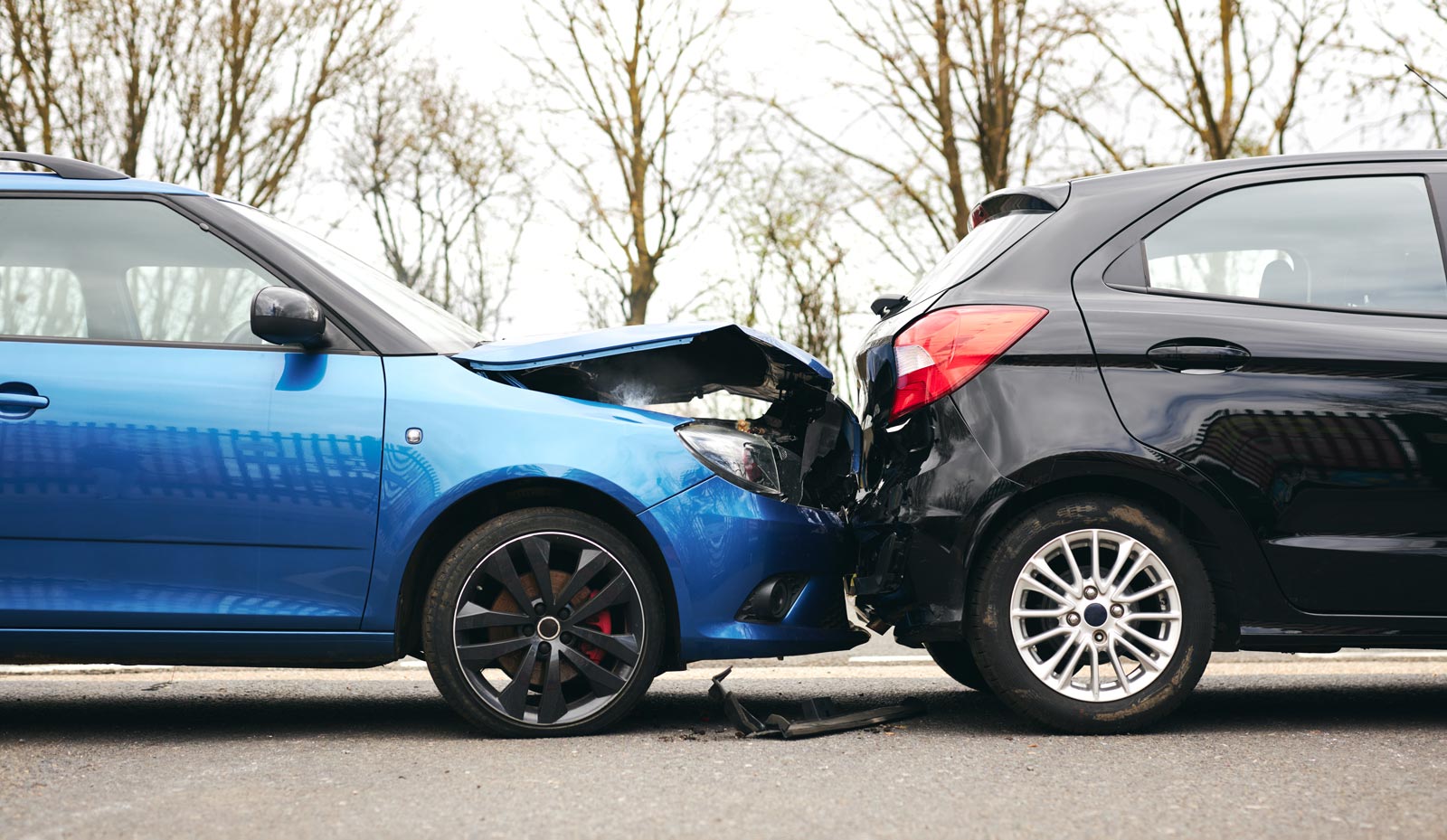Summer is upon us, which means many people are taking family vacations and spending additional time on the road. While you are out driving, you may notice an increase in the number vehicles with out-of-state license plates here in Texas; our state attracted nearly 233.5 million domestic visitors in 2013 and ranks within the top five states in the country for domestic travel. Our hometown of San Antonio even ranked as the 21st most popular travel destination in the United States in 2014.
Along with all this increased travel comes an increased risk of being in a collision. Maybe you’re playing a game with your kids while you’re on the road to see who can spot license plates from different states. Then, out of nowhere, you’re hit by an out-of-state driver.
Immediately after the crash, your mind may begin to race as you ask yourself questions about injuries, property damage, medical bills, insurance coverage, and how the other driver’s out-of-state status may impact your ability to receive compensation for medical or repair bills.
Below, we’ll discuss one of the most important factors when you have been in a car accident with an out-of-state driver: auto insurance policy limits.
The Out-of-State Driver’s Policy Limits Will Increase to Meet Texas’ Minimum Coverage Requirements
Most auto insurance policies contain a clause that provides for interstate coverage if you’re traveling across state lines. If the state the at-fault driver is from has lower minimum insurance requirements than Texas, then the policy amount that driver carries typically increases to the amount required by Texas law. Why? Texas law applies to out-of-state vehicles involved in an accident in Texas with a Texas resident — not the state where the at-fault driver’s policy was issued.
In fact, Texas has higher minimum liability requirements than most states, but not all insurance adjusters understand how Texas law applies to your liability limits in the event of a car accident.
Here is an example of how this might work. New Mexico’s minimum state liability limits are lower than Texas’; liability coverage in New Mexio is $25,000 of bodily injury protection per person, $50,000 of bodily injury protection per accident, and $10,000 of property damage per accident. As shorthand, we refer to those limits as 25/50/10. If a New Mexico driver is at fault for an accident in Texas with a Texas resident, that driver’s auto insurance will increase coverage to meet Texas’ higher minimum requirements of 30/60/25, an increase of $5,000 per person, $10,000 per accident, and $15,000 for property damage. This increase can be particularly helpful to cover substantial medical expenses or large amounts of property damage.
The extension of coverage most often applies to minimum liability limit situations. On the other hand, if the at-fault driver’s auto insurance policy provides for higher liability limits (for example, if a Texas driver hit a New Mexico driver in New Mexico), then the higher policy limits apply and not the state minimum requirements.
Crosley Law Firm: Here to Help You After a Car Accident
Navigating through the auto insurance claims process can be overwhelming, and it can be difficult to figure out what the other driver’s coverage provides if they are from a different state. Trying to get compensation for your damaged car and medical bills can be even more difficult when an insurance adjuster doesn’t know how out-of-state auto coverage works or when an adjuster tries to lowball an offer to quickly resolve your claim by telling you that lower policy limits apply.
Ultimately, the last thing you should have to worry about after you’ve been injured in a car accident is managing an auto insurance claim or whether you’re being told correct information about insurance coverage.
If you’re struggling to understand how coverage applies to you or someone you love after being injured in a car accident (especially if the crash involved an out-of-state driver), please contact Crosley Law Firm for a free consultation by filling out our convenient online form or calling 210-LAW-3000.
References
Compulsory auto/uninsured motorists. (2017, April). Insurance Information Institute. Retrieved from http://www.iii.org/issue-update/compulsory-auto-uninsured-motorists
Fechter, J. (2014, September 28). Report: San Antonio ranks no. 21 for U.S. tourism destinations. MySA. Retrieved from http://www.mysanantonio.com/news/local/article/Report-San-Antonio-ranks-No-21-for-U-S-tourism-5780861.php
Office of the Governor. (2015, July). Overview of the Texas economy: Current state economic and demographic trends. Retrieved from http://gov.texas.gov/files/ecodev/texas-economic-overview.pdf
Polland, J. (2014, October 30). A detailed look at how Americans travel within the US. Business Insider. Retrieved from http://www.businessinsider.com/the-most-popular-us-states-for-tourism-2014-10
The content provided here is for informational purposes only and should not be construed as legal advice on any subject.









